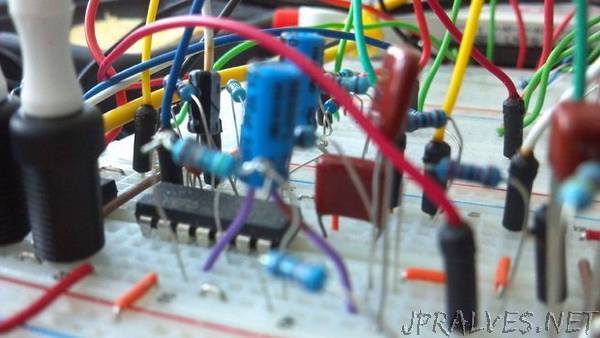
“EEGs are a noninvasive way to look into your brain. While the brain is extremely complex, areas of it can lock into circular firing patterns, resulting in telltale brain waves that one can observe with the right equipment. Intensity of these waves change depending on your internal state. The waves we will be most easily able to distinguish are alpha and beta waves — alpha waves occur at around 8-12 Hz and when measured from the frontal lobe provide an estimate of how relaxed a person is, while beta waves are around 12-30 Hz and correspond to how much a person is concentrating or how alert they are. The concentration of each wave can also tell more specific things about your thought patterns depending on where you measure them from. For example, alpha concentrations on the left motor cortex increase when you think about moving your right hand. Regardless of where you’re taking measurements, looking at the concentrations of waves in real time - a process called biofeedback - can give you much greater control over them. This tutorial is an in-depth guide on how to make your own simple EEG circuit. Along with monitoring brain wave concentration, the final circuit can also be used as an ECG, as a way to see your heartbeat trace. The circuit will use 3 electrodes - 2 to measure a voltage difference across your scalp, and one as a reference to ground. Depending on how many parts you already have, the circuit could only set you back around $10. The aim for this project is to be easily available and understood by people of every technology background. For those electronically savvy, I will include up front a finalized schematic so you can jump right into making it yourself. For those that want more guidance, I will include a detailed description / explanation of every section of the circuit, showing you what it does and why you need it. Then, I’ll move onto the software (Processing based), which is a very important piece in actually interpreting the raw data you receive. So - let’s start!”
